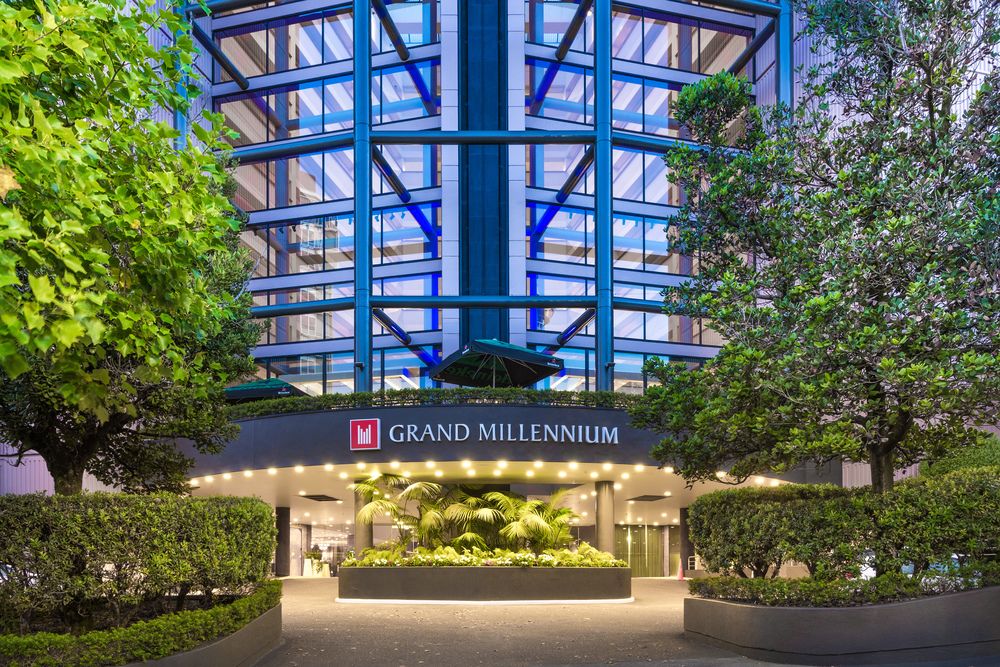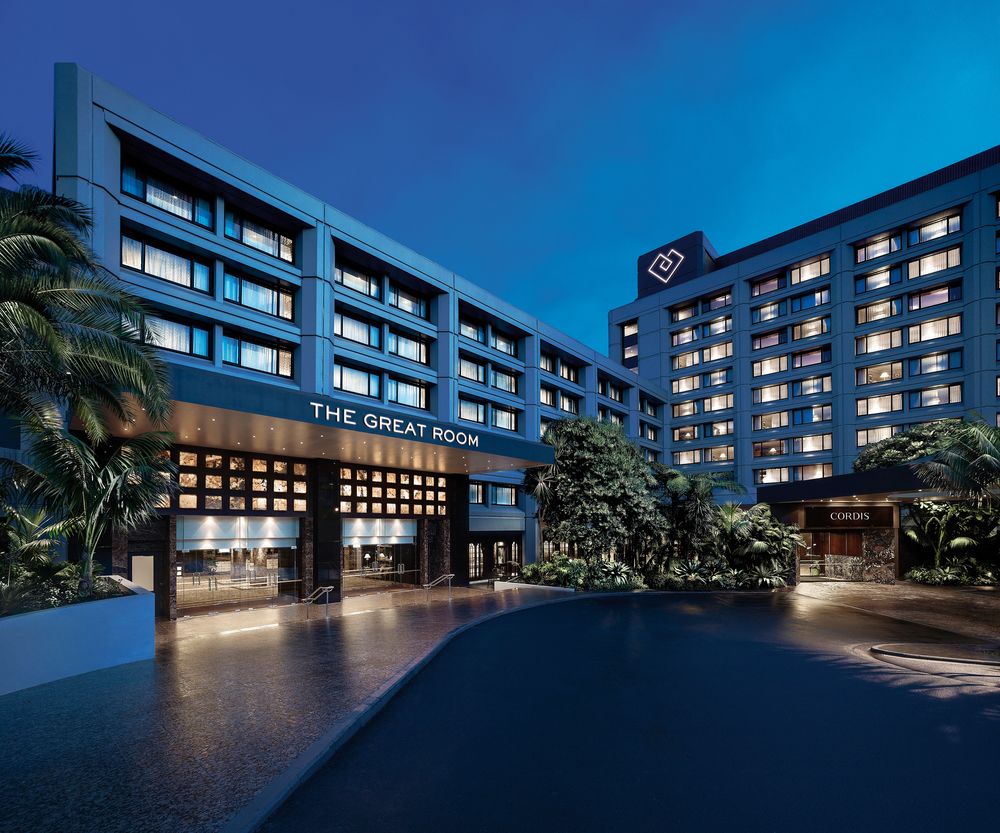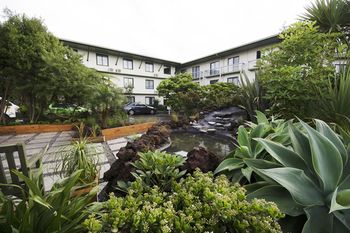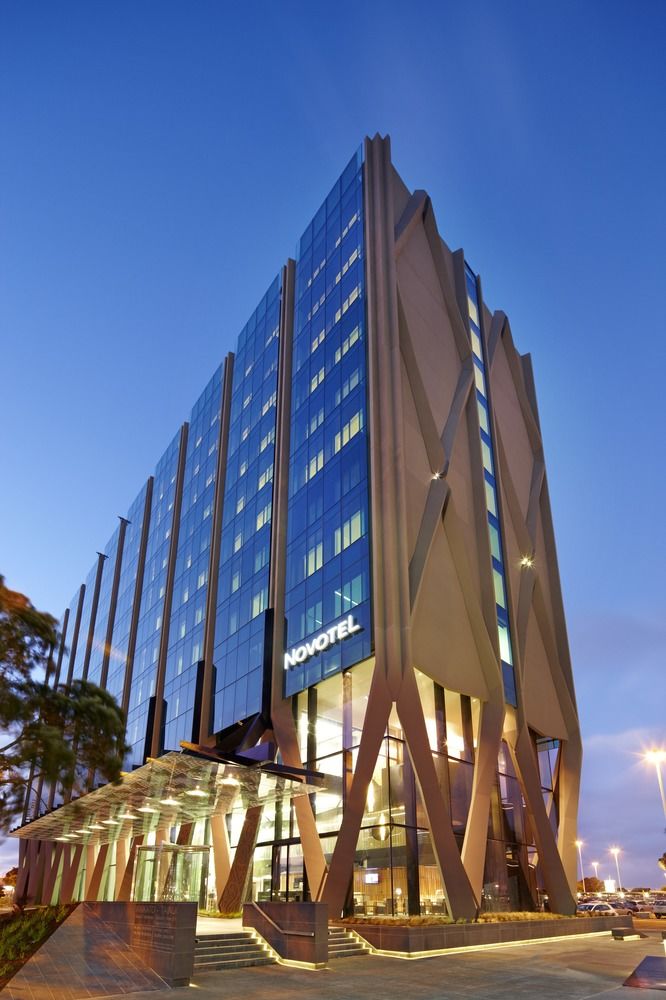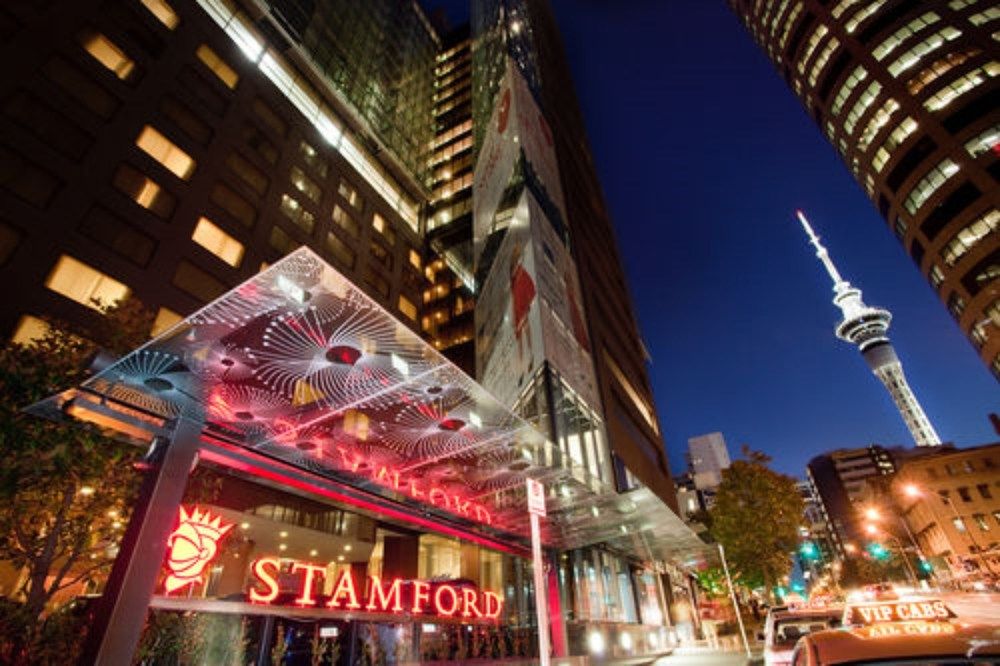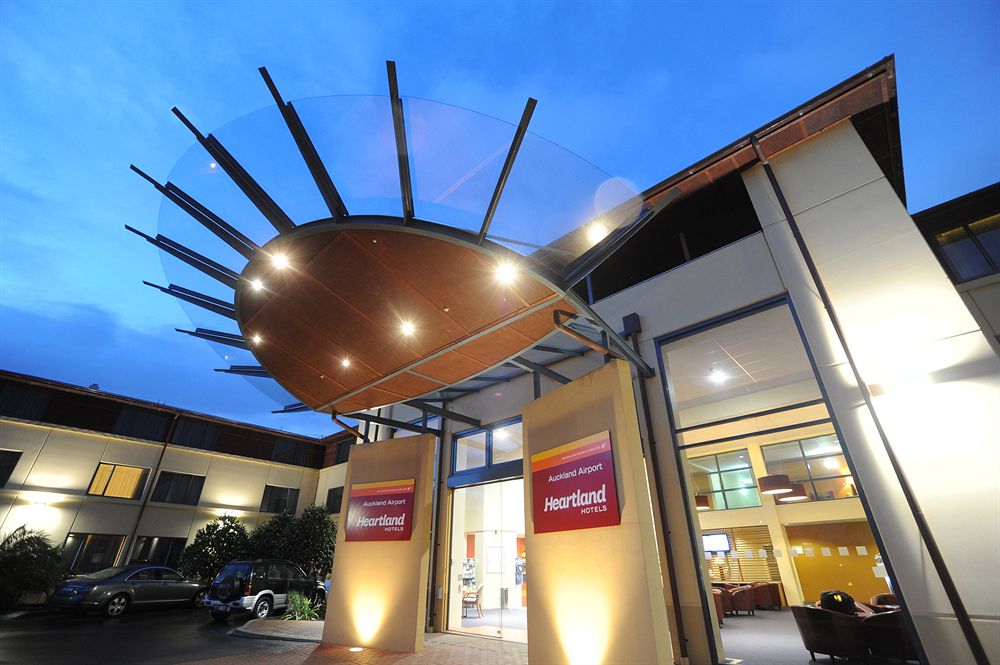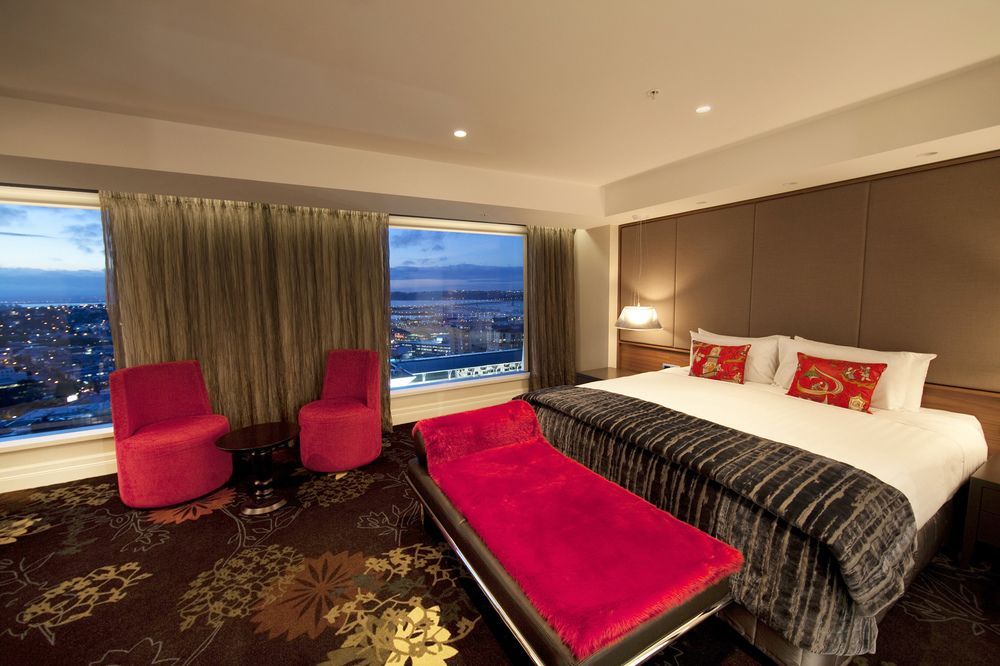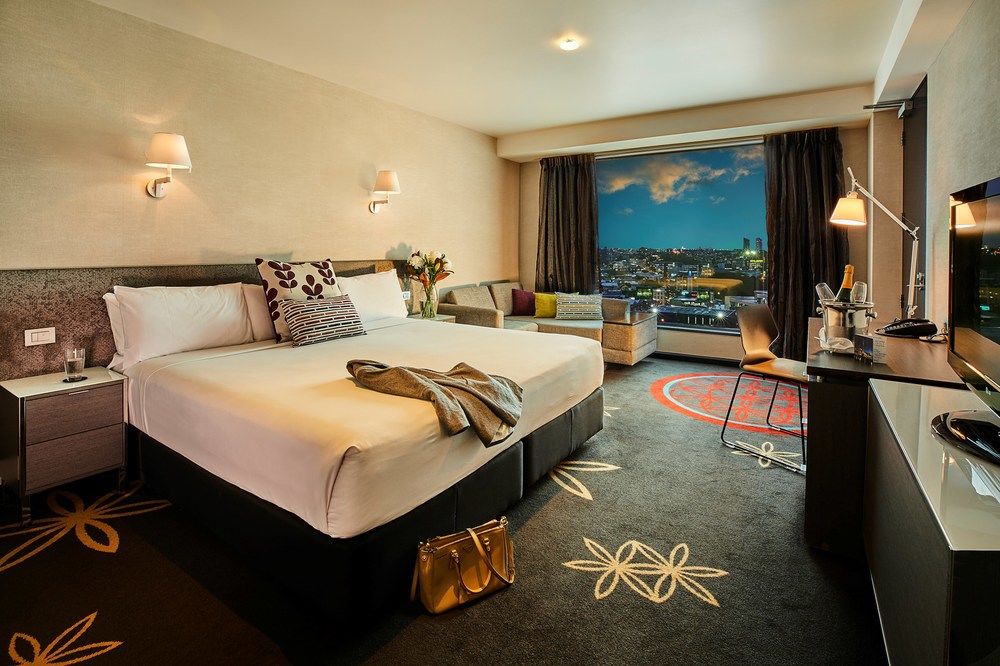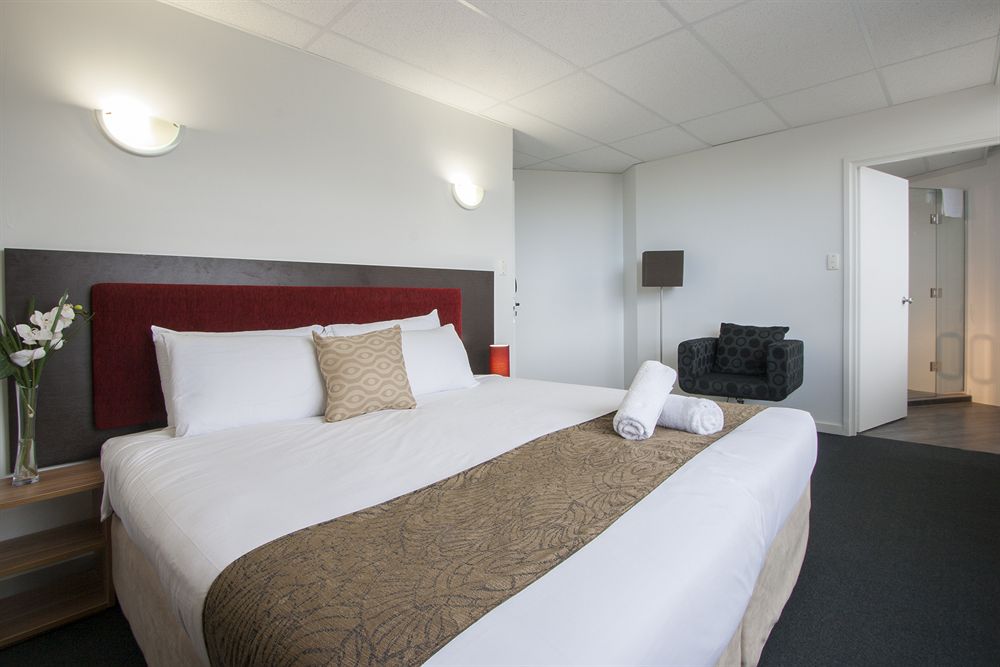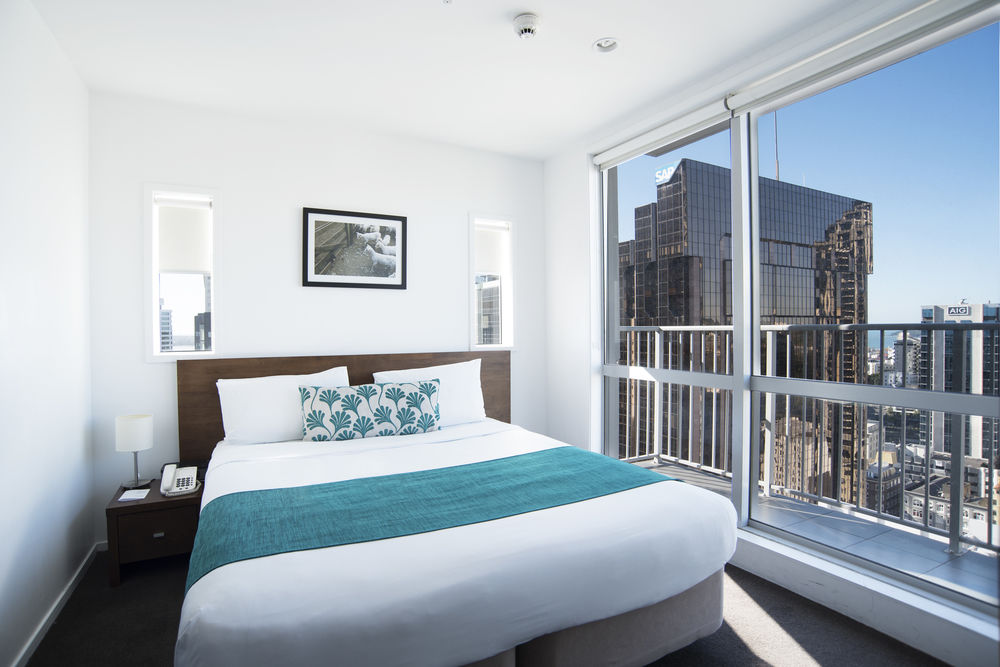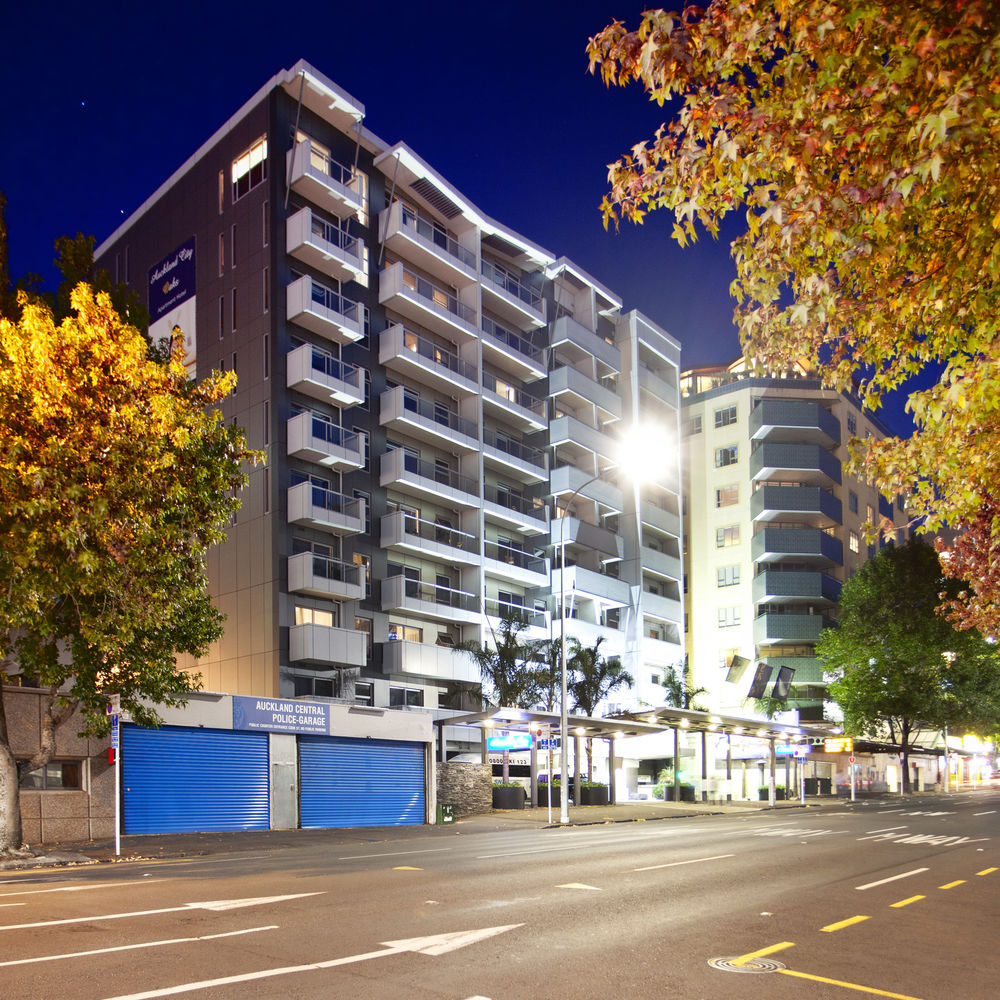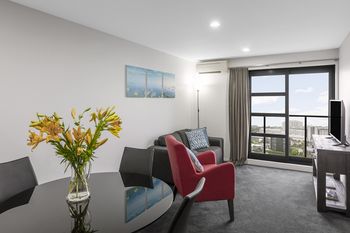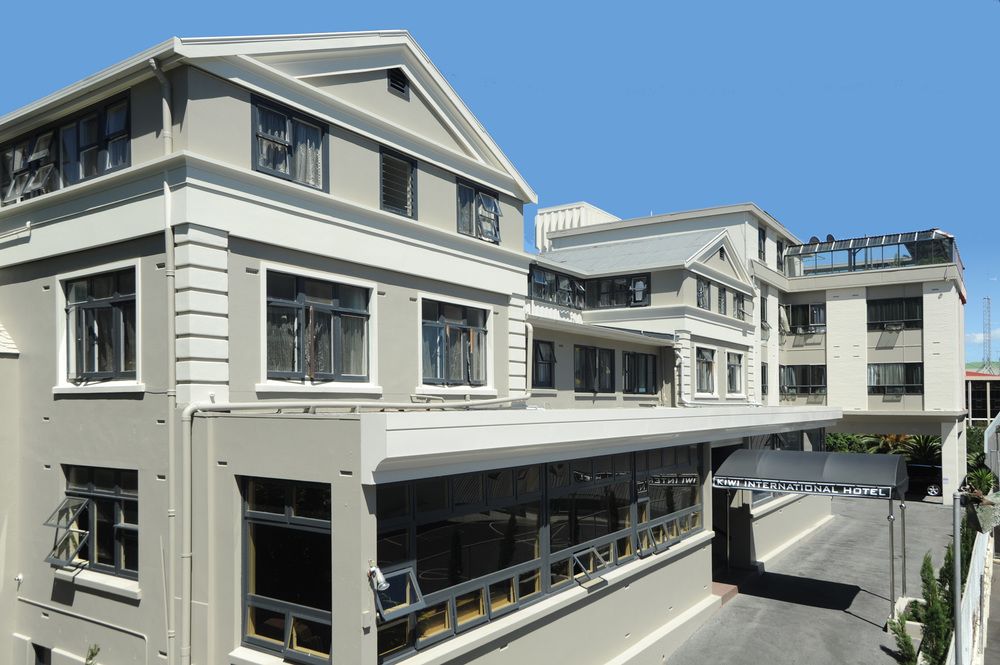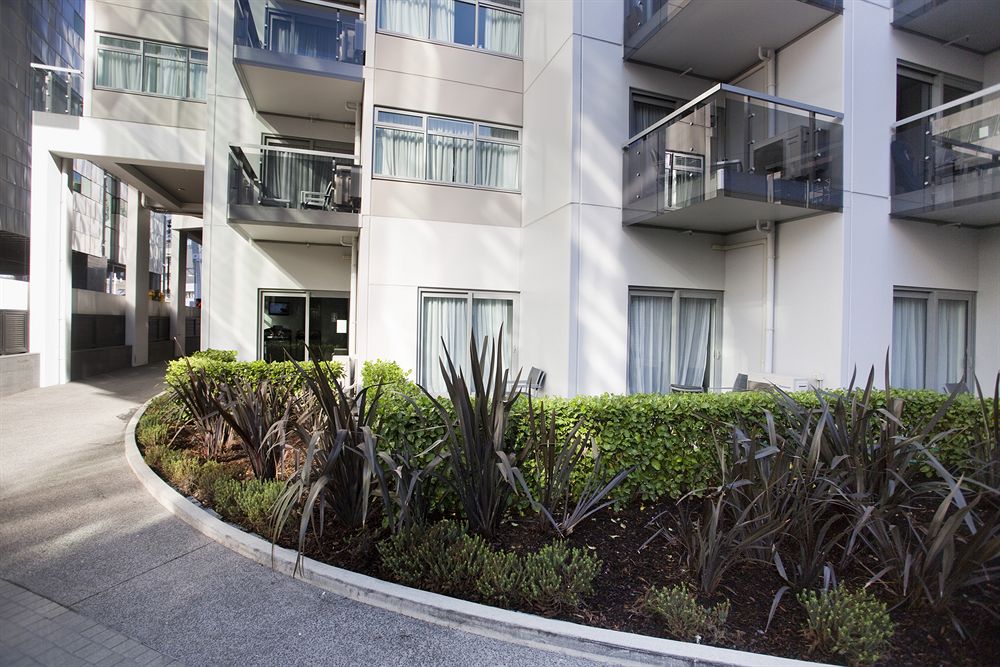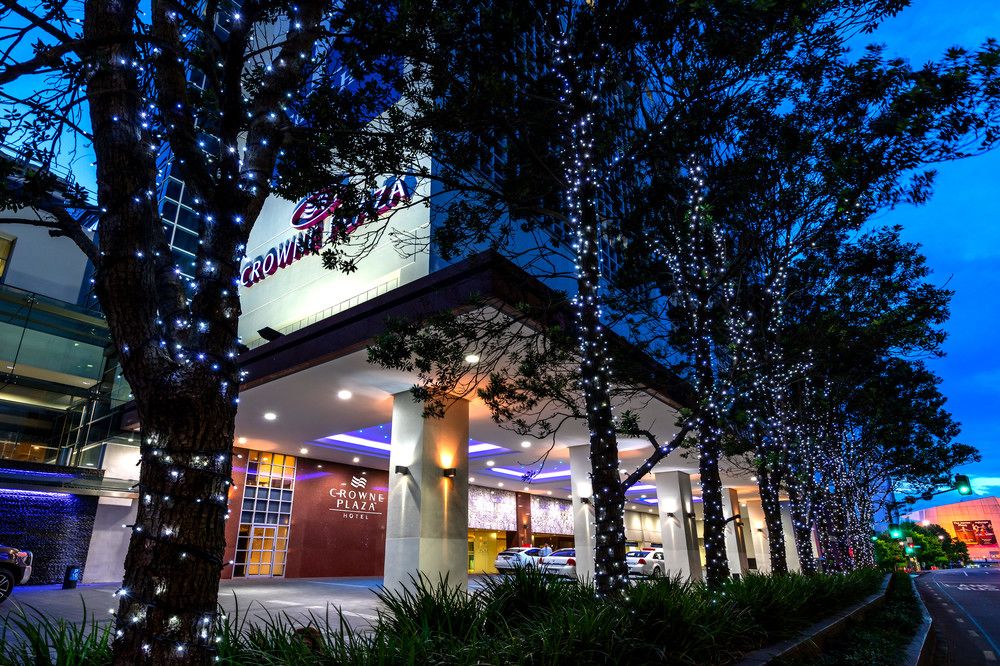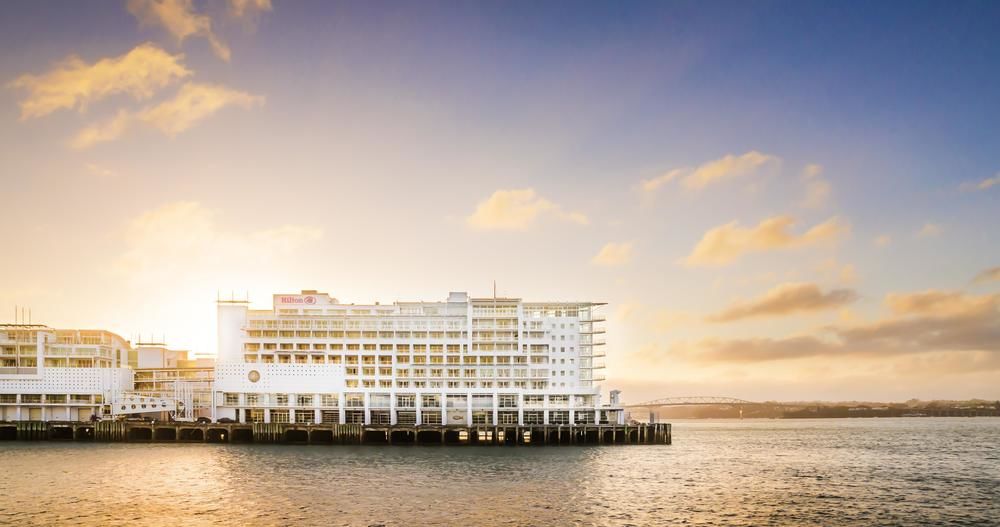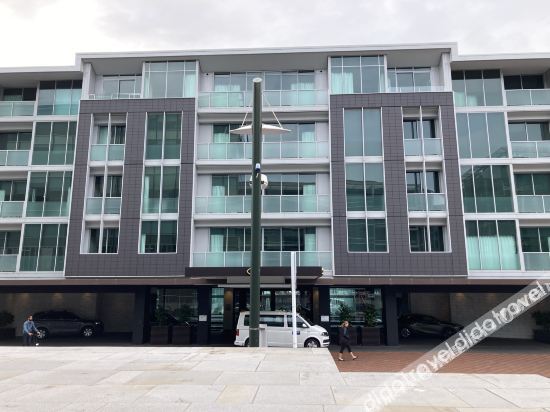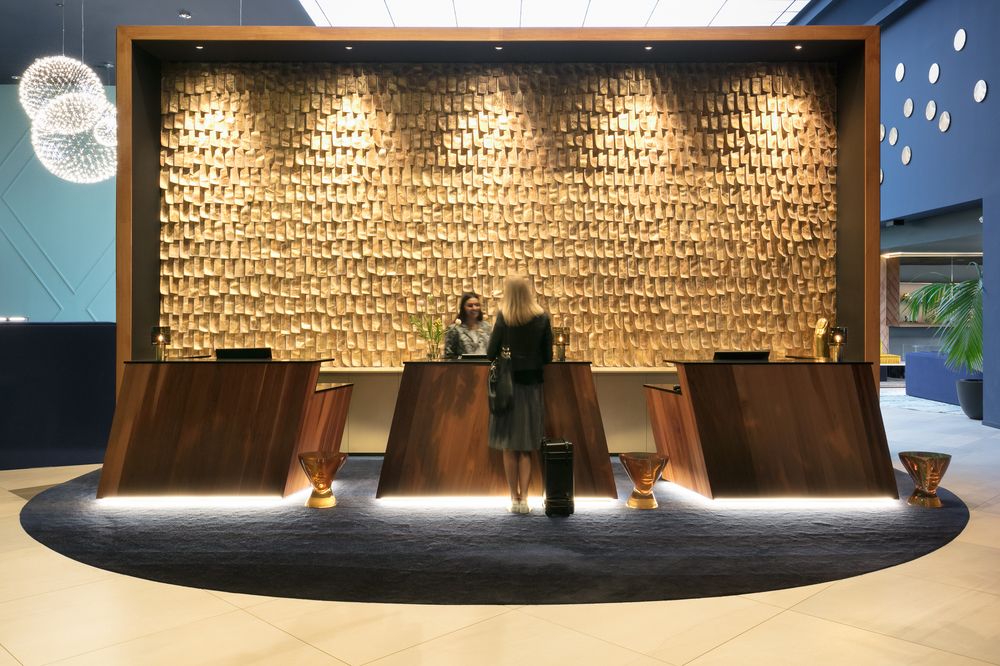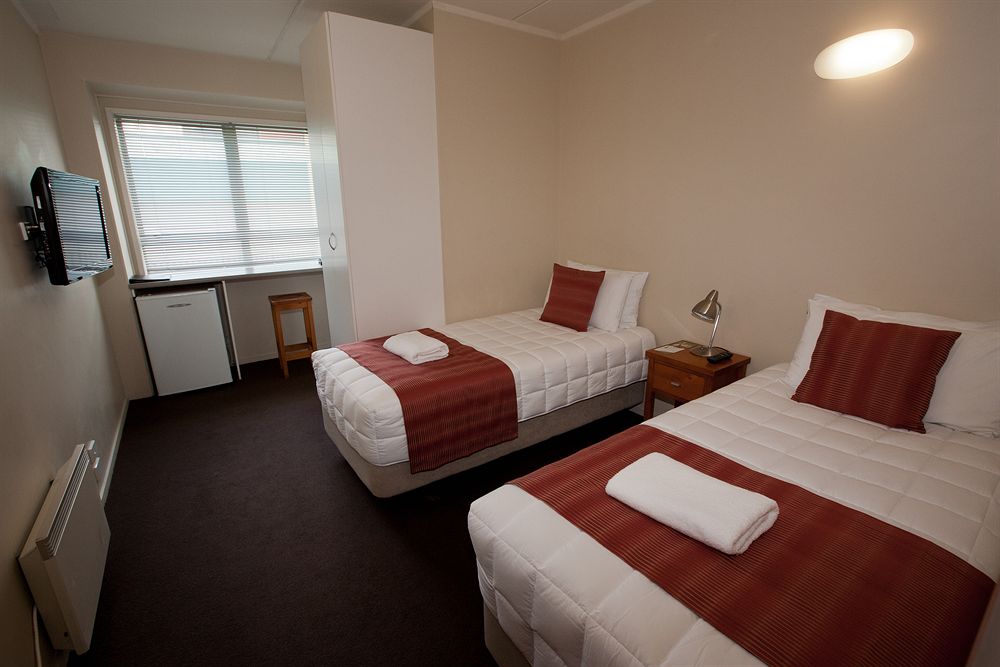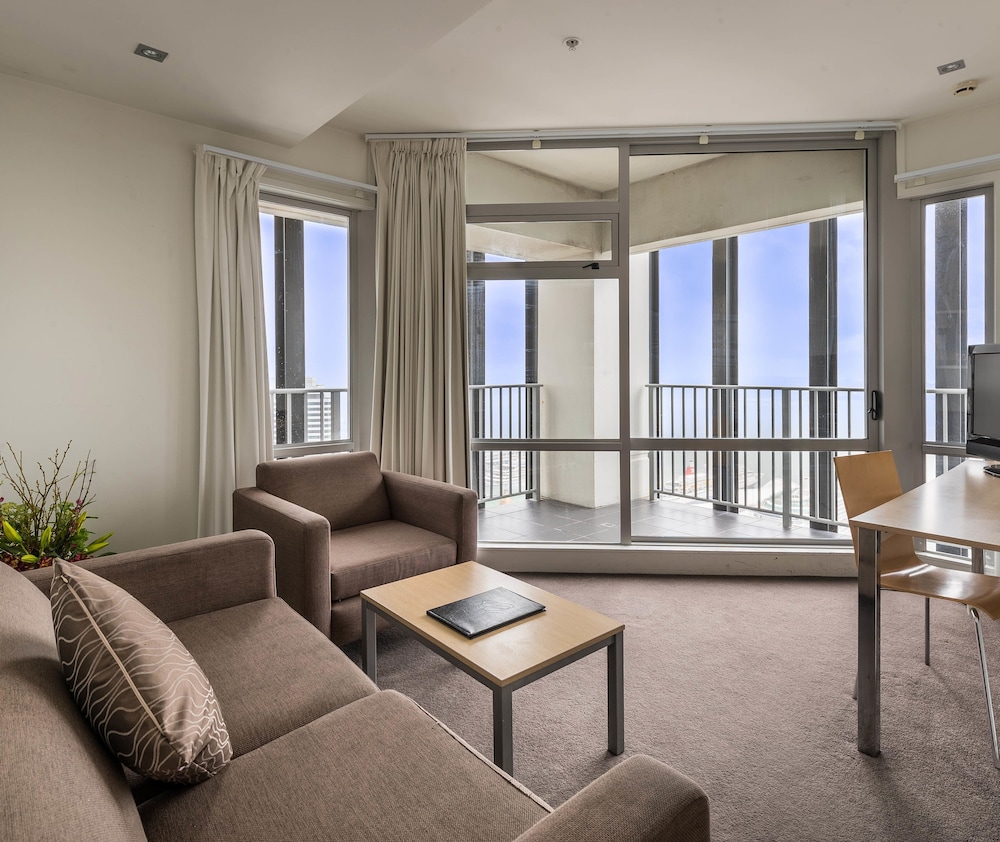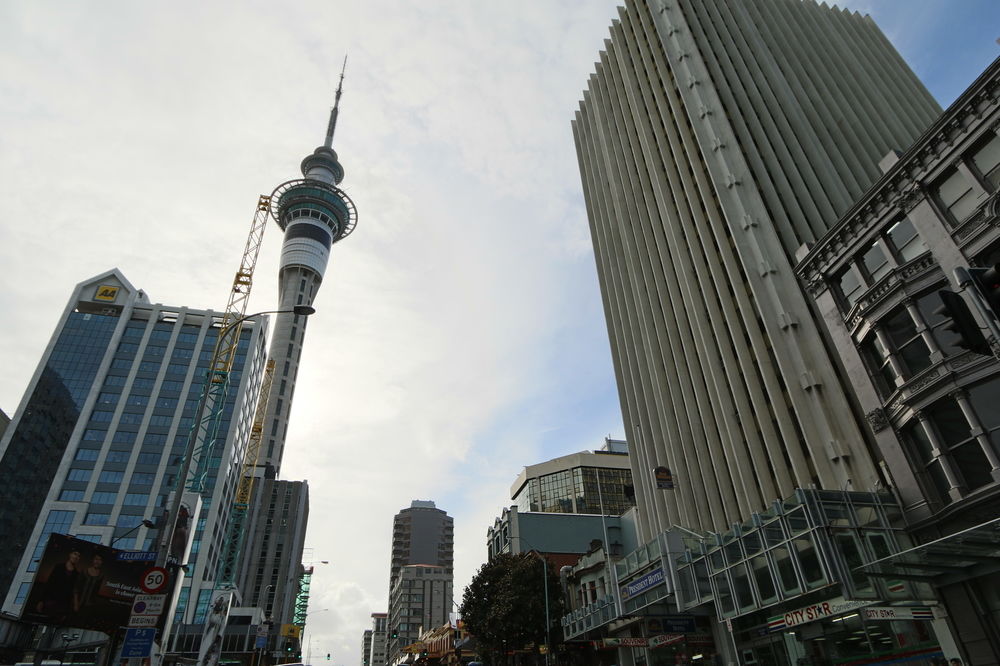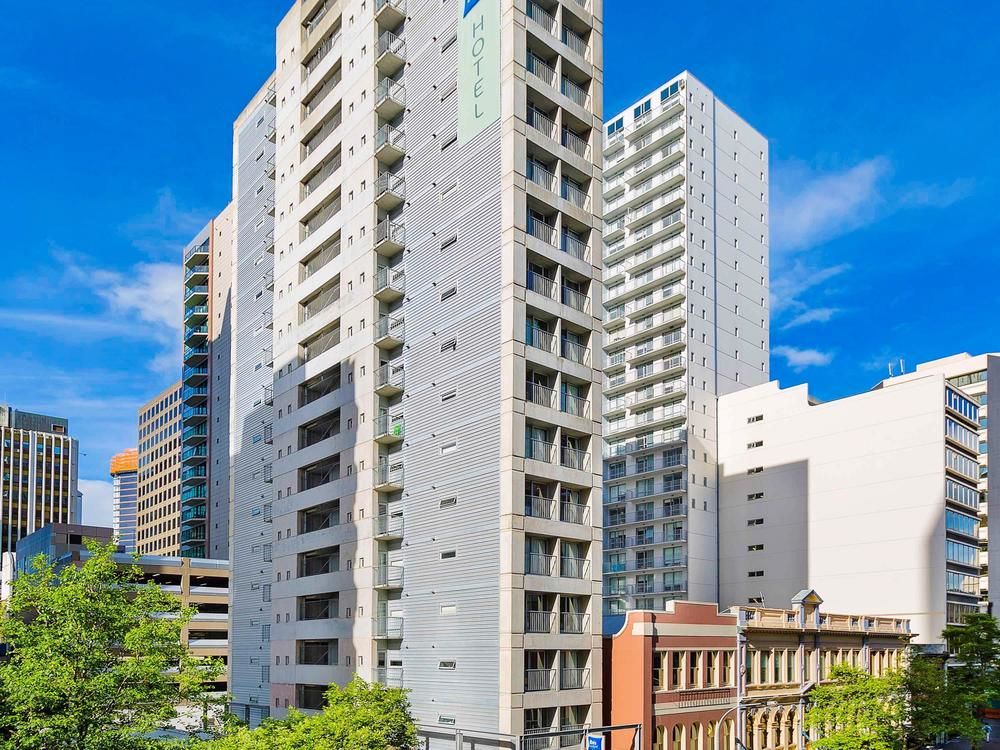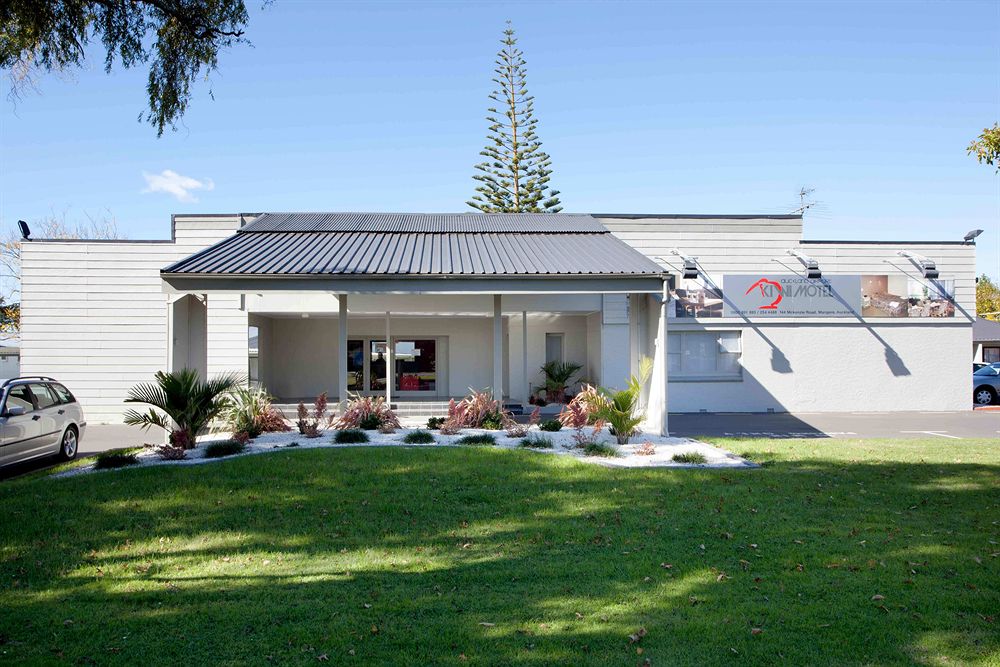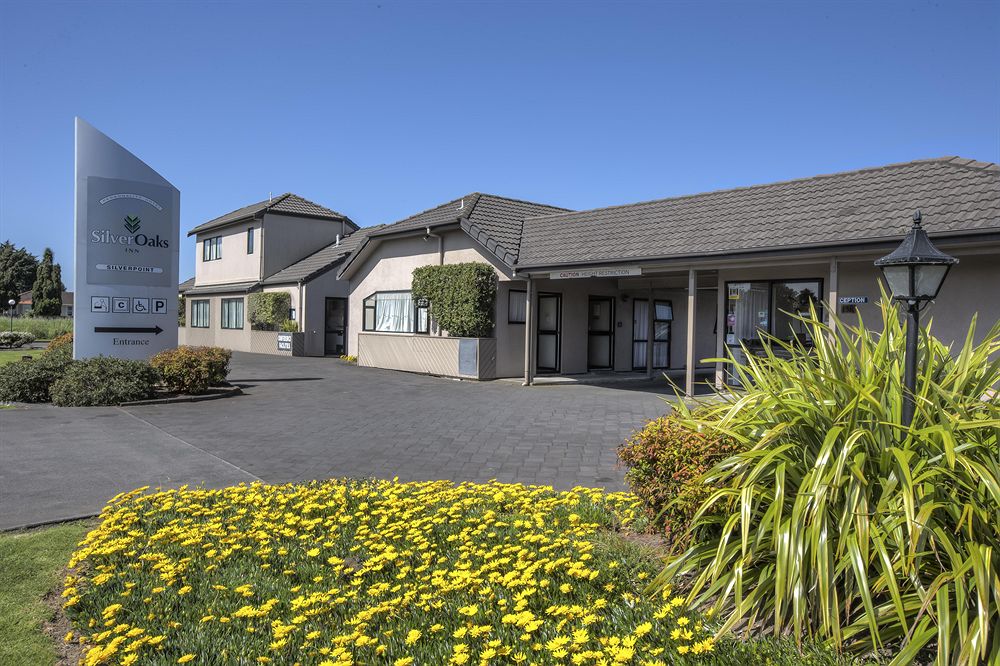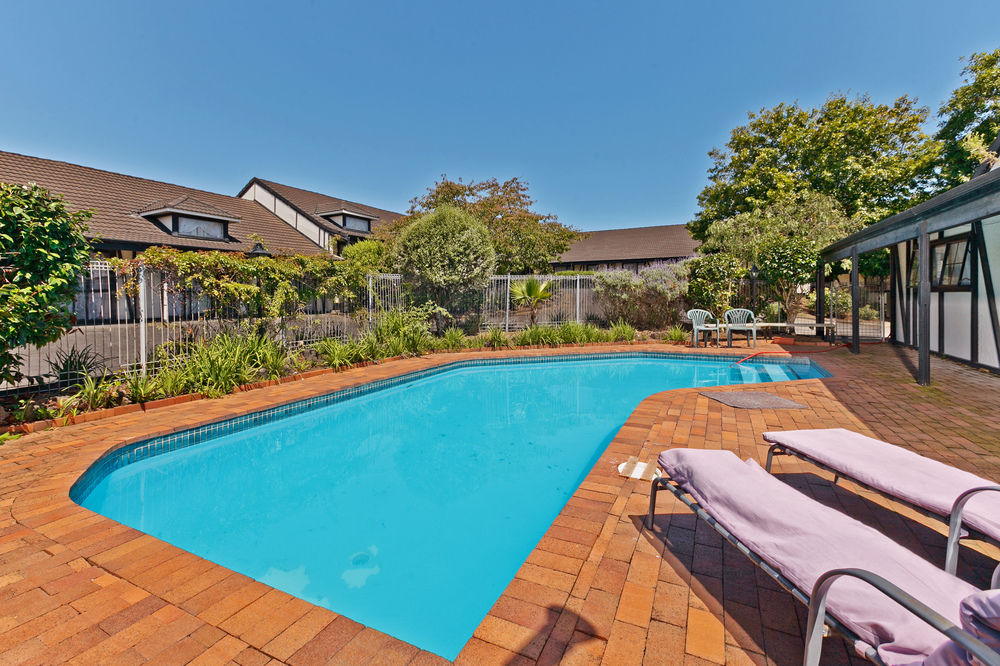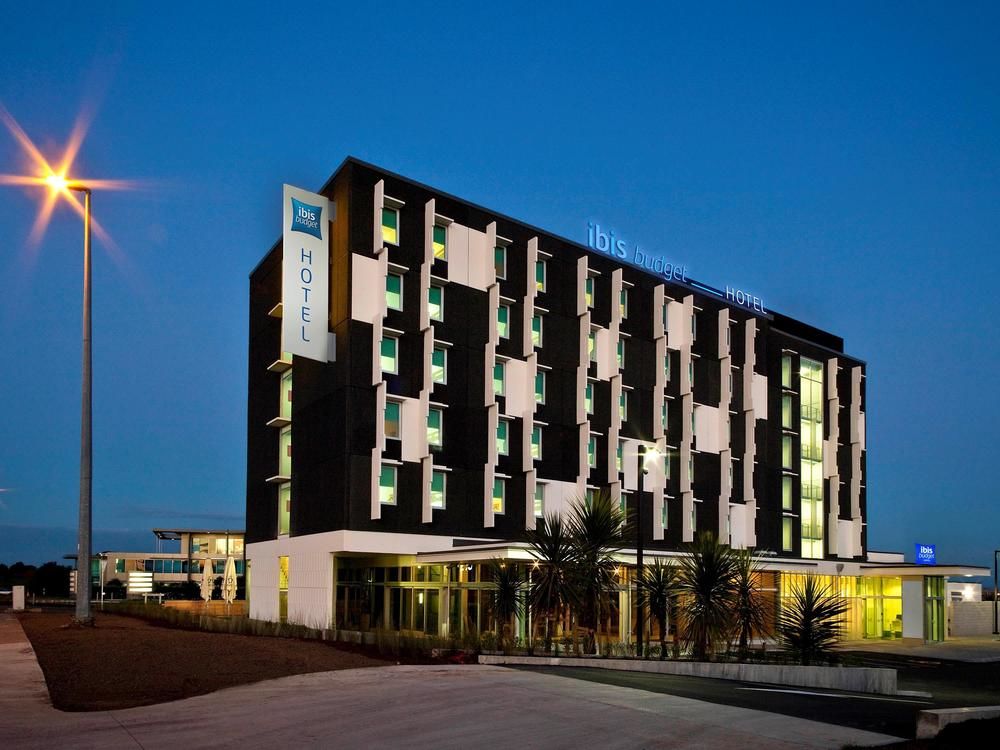
オークランドホテル検索結果
AIが見つけた軒のホテルの最安値をご覧ください。
ベストホテル
最安値のホテル
ホテル等級
AIおすすめ
オークランドベストホテル
オークランド 最低価格のホテル
最高評価のホテル
オークランドにある5つ星ホテル
オークランドにある4つ星ホテル
オークランドにある3つ星ホテル
AIがおすすめする世界の旅行先
オークランド近くのホテル情報
オークランド 旅行に欠かせない情報
“A clean city of love for nature”
Auckland ( AWK-lənd) is a city in the North Island of New Zealand. Auckland is the largest urban area in the country, with an urban population of around 1,628,900. It is located in the Auckland Region—the area governed by Auckland Council—which includes outlying rural areas and the islands of the Hauraki Gulf, resulting in a total population of 1,695,900. A diverse and multicultural city, Auckland is home to the largest Polynesian population in the world. The Māori-language name for Auckland is Tāmaki (pronounced [ˈtaːmaki]) or Tāmaki-makau-rau, meaning "Tāmaki with a hundred lovers", in reference to the desirability of its fertile land at the hub of waterways in all directions. It has also been called Ākarana, a transliteration of the English name.
The Auckland urban area (as defined by Statistics New Zealand) ranges to Waiwera in the north, Kumeu in the northwest, and Runciman in the south. Auckland lies between the Hauraki Gulf of the Pacific Ocean to the east, the low Hunua Ranges to the south-east, the Manukau Harbour to the south-west, and the Waitakere Ranges and smaller ranges to the west and north-west. The surrounding hills are covered in rainforest and the landscape is dotted with dozens of dormant volcanic cones. The central part of the urban area occupies a narrow isthmus between the Manukau Harbour on the Tasman Sea and the Waitematā Harbour on the Pacific Ocean. Auckland is one of the few cities in the world to have a harbour on each of two separate major bodies of water.
The isthmus on which Auckland resides was first settled around 1350 and was valued for its rich and fertile land. The Māori population in the area is estimated to have peaked at 20,000 before the arrival of Europeans. After a British colony was established in 1840, William Hobson, then Lieutenant-Governor of New Zealand, chose the area as his new capital. He named the area for George Eden, Earl of Auckland, British First Lord of the Admiralty. It was replaced as the capital in 1865 b
 時間 UTC+12
時間 UTC+12 通貨 NZD
通貨 NZD 言語 English, Maori
言語 English, MaoriStaypiaだけの特別な特典
リアルタイムホテル最安値比較
AIが見つけたin オークランドの軒のホテルのリアルタイム最安値を簡単に比較検索できます。
316万軒のホテルを最安値で予約
最低価格に最大31%追加メンバーシップ割引でさらにお得にご予約いただけます。
自分だけの
AIがリアルタイムで更新するオークランド旅行情報で便利に旅行を準備しましょう。
よくある質問
オークランドで最も人気のあるホテルは ibis Budget Auckland Airport, Grand Millennium Auckland, Cordis Hotels & Resorts Auckland です。
オークランドで最も人気のある5つ星ホテルはCordis Hotels & Resorts Auckland, JW Marriott Auckland, SKYCITY Grand Hotel Aucklandです。 オークランド 評価順にホテルを見る
オークランドで最も評価の高いホテルはGrand Millennium Auckland, Cordis Hotels & Resorts Auckland, Jet Park Hotel Auckland Airportです。
一般的なホテルの場合、客室予約はキャンセル締切日前まで無料返金が可能です。キャンセル締切日以降は手数料が発生する場合がありますので、ホテルバウチャーまたはメニュー>マイ予約でキャンセル締切日をご確認ください。
ステピアでは、AIが収集した316万件のホテルの最安値はもちろん、会員限定の追加割引価格で人気ホテルを予約することができます。
